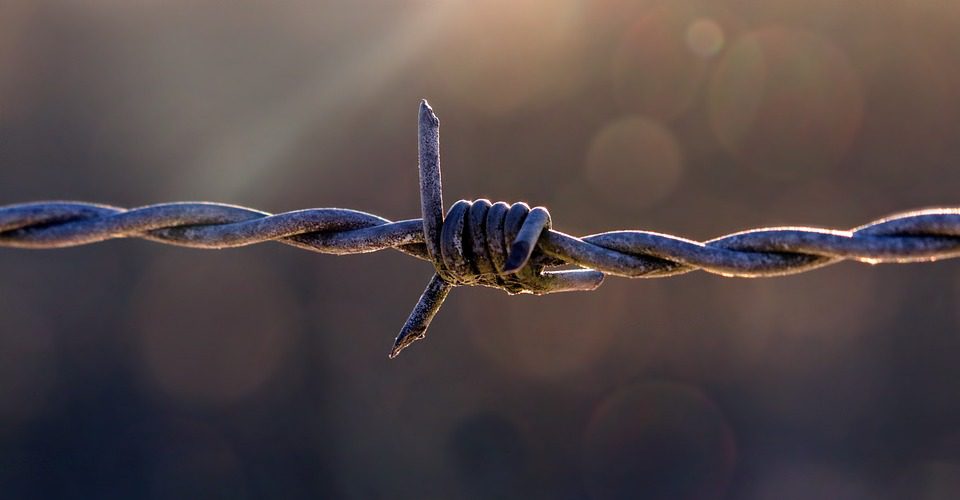Examining the Impact of Security Fences: Keeping Communities Safe
Security fences have become a common sight in modern societies. From residential areas to commercial buildings, these fences are installed to create a sense of security and ensure the safety of those living or working within a particular community. While their primary purpose is to act as a physical barrier, the impact of security fences goes beyond just providing protection.
One of the most apparent impacts of security fences is the deterrent effect they have on potential criminals. When a community is surrounded by a strong and imposing fence, it instantly sends a message that security measures are in place. This acts as a deterrent for criminals who seek easy targets, as the presence of security fences makes their task more challenging and not worth the risk. Resultantly, security fences can help reduce the likelihood of break-ins, theft, and other criminal activities, keeping communities safe.
Another impact of security fences is the psychological effect they have on the residents or occupants of a community. Knowing that a robust barrier separates them from potential threats provides a sense of safety and peace of mind. This, in turn, helps to promote a healthier and more secure living environment. Studies have shown that feeling safe and secure has a positive impact on mental and emotional well-being, leading to increased community cohesion and engagement.
Further, security fences play a significant role in preventing unauthorized access to certain areas. In places like schools, airports, and government buildings, limiting access to authorized personnel is critical for maintaining safety and preventing potential threats. Security fences act as a physical boundary, making it difficult for unauthorized individuals to enter restricted areas. Not only does this protect the people within these buildings, but it also safeguards sensitive information and equipment.
Moreover, security fences contribute to the overall aesthetic value of a community. While their primary function is security, these fences can be designed to complement the architectural style and landscaping of the surrounding area. This attention to design can enhance the overall visual appeal and create a cohesive and attractive community. Additionally, well-maintained fences give off a message of care and attention to detail, making the community appear more inviting and well-kept.
However, it is important to acknowledge that security fences can have certain unintended consequences. Some argue that these physical barriers can create a sense of exclusion or separation within a community, particularly if the fences are too imposing or restrict public access to certain spaces. This issue can be addressed by finding a balance between security and maintaining a sense of community. Open spaces and common areas can be left accessible, while the fences are strategically placed to secure the more private spaces.
In conclusion, security fences have a significant impact on the safety and security of communities. By acting as a deterrent, providing a sense of safety, preventing unauthorized access, and enhancing the overall aesthetic value, these fences contribute to creating a secure and harmonious living environment. However, it is crucial to strike a balance between security and community cohesion to ensure that these barriers do not create unwarranted divisions within the community.




